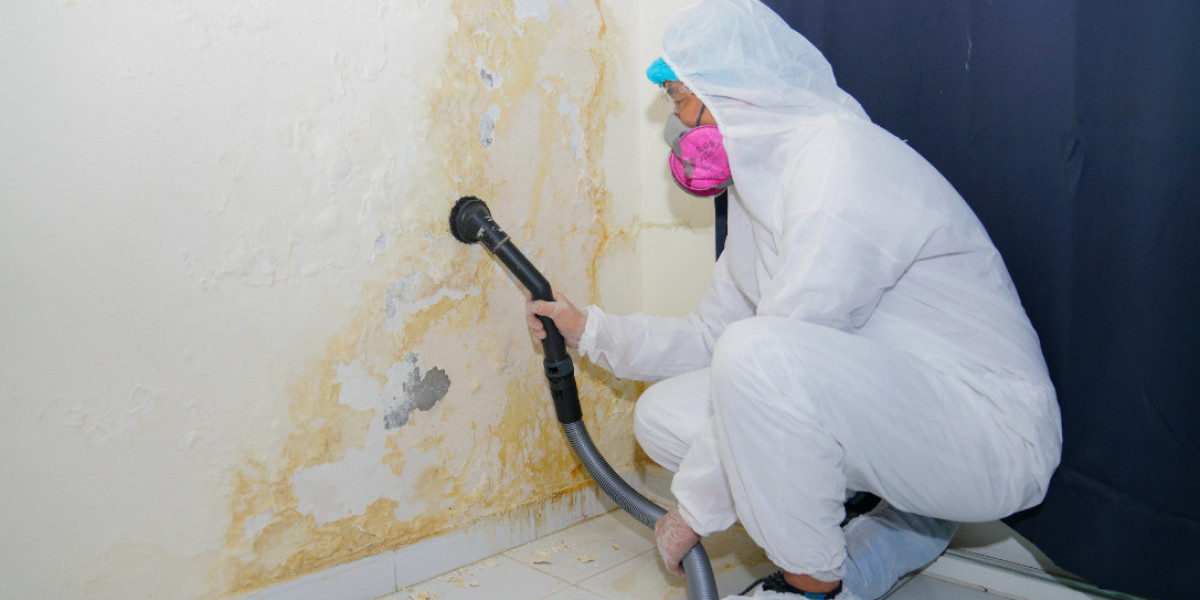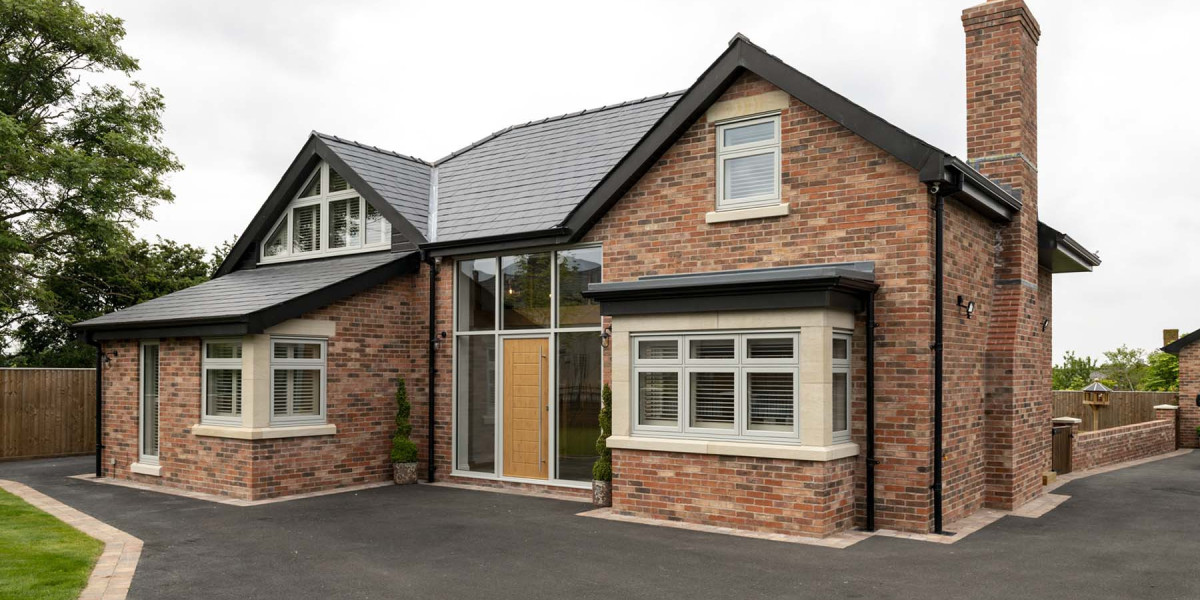Introduction
Radon is a colorless, odorless, and tasteless gas that is naturally produced from the decay of uranium, thorium, and radium in the earth's crust. While it is a naturally occurring substance, high levels of radon can pose significant health risks, particularly in enclosed spaces like homes. In Ottawa, as in other parts of Canada, radon levels can vary depending on the geographical location, soil types, and the construction of homes. Understanding the importance of radon testing and the implications of high radon levels is crucial for homeowners to ensure the safety and well-being of their families.
What is Radon?
Radon is a radioactive gas that occurs naturally from the decay of uranium in rocks, soil, and water. It is released into the air and can enter buildings through cracks in the foundation, gaps around windows, and other openings in the building’s structure. Once inhaled, radon gas can damage the lungs, increasing the risk of lung cancer. According to Health Canada, radon exposure is the second leading cause of lung cancer after smoking.
In Ottawa, radon levels can be higher in certain areas, particularly those with higher concentrations of uranium in the soil. As a result, homeowners need to test their homes regularly to detect radon levels and take appropriate action if necessary.
Why is Radon Testing Important in Ottawa?
Ottawa, located in the region of Ontario, is susceptible to radon exposure due to its geological characteristics. The area is part of a region with soil rich in uranium, which is a primary source of radon production. Furthermore, Ottawa’s climate, characterized by cold winters and well-insulated homes, can exacerbate the concentration of radon indoors. Since radon is a gas that enters homes through cracks and gaps in the foundation, homeowners may unknowingly live with elevated radon levels without conducting proper testing.
It is essential to note that radon is a silent threat. Because it is colorless, odorless, and tasteless, homeowners cannot detect its presence without specialized equipment. In high concentrations, radon exposure is dangerous, but it is not a threat that is immediately visible or noticeable. Testing for radon is the only way to determine whether the gas is present at harmful levels in your home.
Health Risks of Radon Exposure
Radon exposure is primarily associated with an increased risk of lung cancer. The World Health Organization (WHO) and Health Canada have classified radon as a Group 1 carcinogen, meaning it is known to cause cancer in humans. Radon exposure is responsible for approximately 16% of lung cancer cases in Canada, making it the second leading cause of lung cancer after smoking. The risk is particularly significant for smokers, as the combination of smoking and radon exposure significantly increases the likelihood of developing lung cancer.
Lung cancer caused by radon exposure does not present immediate symptoms, and it can take years or even decades for the effects to become apparent. Because of this long latency period, many individuals may not realize they have been exposed to high levels of radon until the disease has progressed. The absence of symptoms and the delayed onset of lung cancer make radon exposure a particularly insidious health risk.
How to Test for Radon in Your Home
Testing for radon in Ottawa is a relatively simple and inexpensive process. There are two primary methods for testing radon levels: short-term testing and long-term testing. Both methods involve the use of radon testing devices, which can be purchased online, at hardware stores, or from professional radon measurement services.
- Short-Term Testing: Short-term radon testing Ottawais the most common method used by homeowners. This test typically lasts between 2 to 7 days and provides an estimate of the radon level in your home during that period. Short-term tests use devices like activated charcoal canisters, electret ion chambers, or continuous radon monitors to measure radon levels. These devices are placed in the lowest livable level of the home, such as the basement or ground floor.
- How It Works: The radon test device absorbs radon particles from the air, and after the testing period, the device is sent to a laboratory for analysis. The result will give the radon concentration in units of becquerels per cubic meter (Bq/m³).
- Advantages: Short-term tests are quick and easy to use, making them a popular choice for homeowners.
- Disadvantages: Short-term tests can be influenced by fluctuations in weather or other factors, so they may not provide an accurate representation of long-term radon exposure.
- Long-Term Testing: Long-term radon testing lasts for more than 90 days and provides a more accurate measurement of the radon levels in your home over an extended period. Long-term testing is preferred by experts because it accounts for seasonal variations in radon levels, giving a clearer picture of the long-term exposure risks.
- How It Works: Long-term tests use similar devices to short-term tests, such as alpha track detectors or electret ion chambers. These devices are placed in the lowest level of the home and left there for a minimum of three months.
- Advantages: Long-term tests provide a more accurate average radon level in the home, helping to assess the overall risk of long-term exposure.
- Disadvantages: These tests require more time and patience to obtain results, but they are more reliable than short-term tests.
Where to Place Radon Test Devices
When testing for radon, it is important to place the testing device in the correct location. The recommended location for a radon test device is the lowest level of the home that is frequently used, such as a basement, living room, or ground-floor bedroom. It is essential to avoid placing the device in areas with high humidity, such as bathrooms, or areas with drafts, such as near windows or doors.
Here are some tips for placing radon test devices:
- Place the device at least 20 inches (50 cm) above the floor.
- Keep the device away from vents, fans, or air-moving equipment.
- Do not place the device in direct sunlight or near a heat source.
- Ensure the device is in a closed room, where windows and doors are kept closed as much as possible during the testing period.
Interpreting Radon Test Results
Radon concentrations are measured in becquerels per cubic meter (Bq/m³). Health Canada recommends that radon levels in Canadian homes should not exceed 200 Bq/m³. If the test results show a radon level above 200 Bq/m³, action should be taken to reduce radon exposure.
Here’s how to interpret your radon test results:
- Below 200 Bq/m³: Radon levels are considered acceptable, but homeowners are encouraged to continue testing periodically.
- Above 200 Bq/m³: Radon levels are elevated, and mitigation measures should be considered.
- Above 600 Bq/m³: High radon levels that pose a significant health risk. Immediate action should be taken to reduce radon exposure.
It’s important to note that radon levels can fluctuate, so it’s recommended to conduct multiple tests over time to ensure an accurate understanding of the radon levels in your home.
Radon Mitigation: How to Reduce Radon Levels in Your Home
If your radon test results show elevated levels of radon, there are several mitigation methods available to reduce the concentration of radon in your home. The most effective mitigation methods depend on the specific characteristics of your home, including its design, foundation, and ventilation.
Some common radon mitigation techniques include:
- Sub-Slab Depressurization: This is the most effective and commonly used method for radon mitigation. It involves installing a vent pipe and fan system beneath the foundation of the home to draw radon gas out of the soil and direct it away from the home. This system prevents radon from entering the living space and reduces indoor radon levels.
- Sump Hole Covering: If your home has a sump pit or drain, sealing it with a cover can prevent radon from entering through the pit. While this may not eliminate all radon exposure, it can significantly reduce the amount of radon entering the home.
- Crawl Space Ventilation: For homes with crawl spaces, improving ventilation can help reduce radon levels by allowing radon gas to dissipate more easily. This can be done by installing ventilation fans or air vents to increase airflow beneath the house.
- Sealing Cracks and Openings: Sealing cracks and openings in the foundation, walls, and floors can reduce the pathways through which radon enters the home. While this method alone may not be sufficient, it can help to reduce radon levels when combined with other mitigation strategies.
- Air Exchanger Systems: Installing a heat recovery ventilator (HRV) or energy recovery ventilator (ERV) system can help to improve ventilation in the home, which can reduce radon levels. These systems work by exchanging stale indoor air with fresh outdoor air, improving indoor air quality and reducing radon exposure.
Cost of Radon Testing and Mitigation in Ottawa
The cost of radon testing and mitigation in Ottawa can vary depending on the size of your home, the type of test used, and the mitigation method required.
- Radon Testing: Short-term testing kits typically cost between $30 and $100, depending on the device and the length of the testing period. Long-term testing kits can cost between $100 and $300.
- Radon Mitigation: The cost of radon mitigation can range from $1,500 to $3,000, depending on the complexity of the installation and the type of mitigation system required. Sub-slab depressurization systems are typically the most expensive but also the most effective.
While these costs may seem significant, investing in radon testing and mitigation is essential for protecting your health and the health of your family. The cost of treating lung cancer due to radon exposure far exceeds the cost of mitigating radon in the home.
Conclusion
Radon testing is an essential step for homeowners in Ottawa to ensure their homes are safe from the harmful effects of radon exposure. With Ottawa's geological characteristics and climate, homeowners may unknowingly be living with elevated radon levels, which can significantly increase the risk of lung cancer. Regular radon testing, followed by mitigation if necessary, is the best way to protect the health and safety of your family. If you haven’t tested your home for radon yet, now is the time to do so. The peace of mind that comes with knowing your home is radon-free is invaluable.





